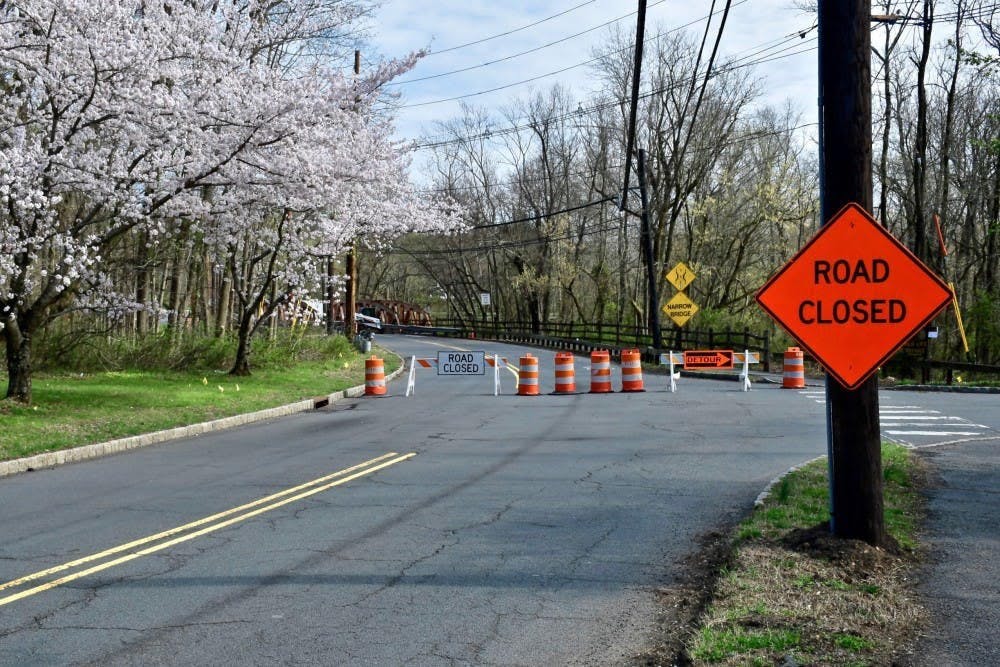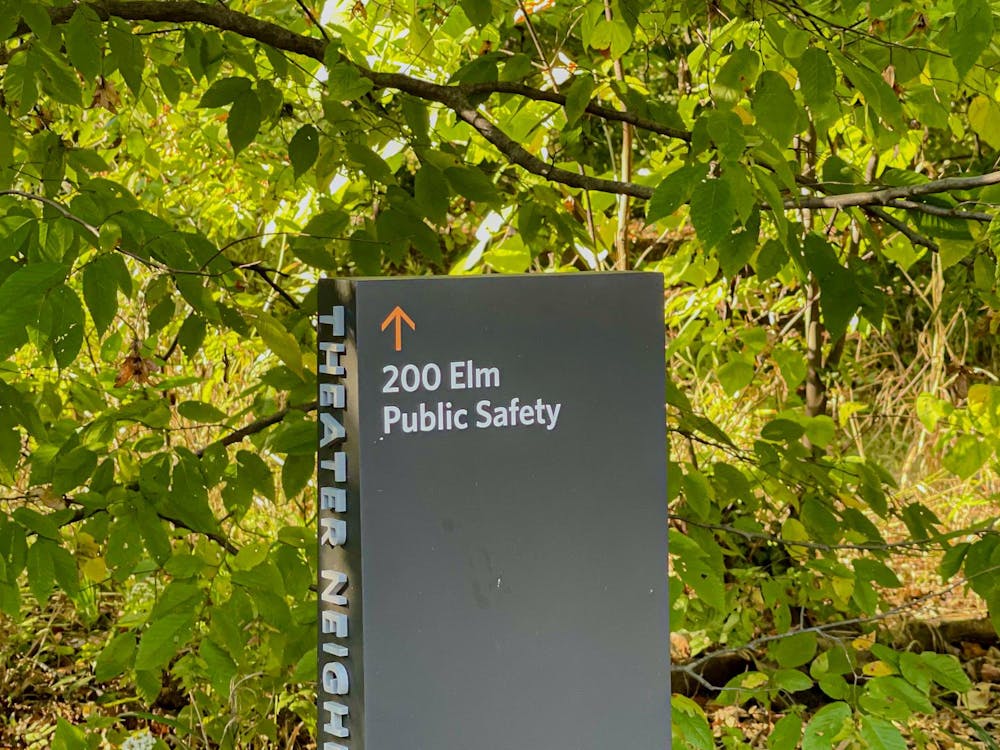After seven months of construction, the New Jersey Department of Transportation (NJDOT) and Mercer County announced that three bridges on Alexander Street in Princeton and Alexander Road in West Windsor have been replaced. In comparison to their predecessors, the new bridges are wider and safer.
NJDOT replaced the bridge that runs over the Delaware and Raritan Canal, spanning the municipalities of Princeton and West Windsor. Mercer County replaced two bridges: one over Stony Brook and one over Alexander Creek, both of which are north of the canal.
On the morning of Friday, May 15, Alexander Road/Street, which had been closed since Nov. 6, 2019, officially reopened to traffic. Yet, the months-long traffic decrease precipitated by COVID-19 dampened the project’s immediate impact on commuters and local businesses.
During the road’s closure, a team of NJDOT, Mercer County, Princeton, and West Windsor representatives informed motorists of alternative routes, according to an email to The Daily Princetonian from Steve Schapiro, NJDOT’s Deputy Manager of Communications. On a number of routes, the team placed message boards displaying real-time travel times.
“We believe this effort was successful, as there were not significant changes in commuting times, even prior to COVID-19 reducing traffic,” Schapiro wrote in an email to the ‘Prince.’
Still, as construction continued, drivers reported delays.The closure on average added three minutes to drivers’ commutes, “Community News” reported.
“We saw a slight increase of traffic on the surrounding roadways going in and out of town,” Chris Morgan, chief of the Princeton Township Police department, wrote in an email to the ‘Prince.’
Margo Bresnen, Program Manager for the University’s Program in Journalism, estimated that the project added twenty minutes to her usually forty-minute drive. She noted that about half her colleagues at the Humanities Council were affected by the road closure, some indirectly from the increased traffic on Interstate 295.

“Before it was closed, there was work going on that led to some delays,” Bresnen added. “Even on a good day, there tended to be some bottlenecking.”
Bresnen started working from home on March 12 due to the pandemic, which put an end to the lengthened commute.
“For a long time, the question had been, ‘when is the bridge going to open up?’” she said. “Now that it’s open, I feel like the question is, ‘when will I even see it? When will we be coming back to campus?’”
NJDOT had originally aimed to complete the project by April 20, and the project was only slightly delayed due to the pandemic, according to Schapiro.

“The majority of work was complete before many of the COVID-19 restrictions were put in place,” he explained. “A utility subcontractor had staffing limitations because of workers that were self-quarantined, which delayed the completion of the project for a few weeks.”
Steve Androsko, owner of Princeton Canoe Rental, which sits adjacent to one of the replaced bridges just off Alexander Street, said the closure did not affect his business.
“They started construction in November last year after I was closed for the season and they finished a few days before the governor lifted the restrictions on watercraft rentals,” he explained in an email to the ‘Prince.’
The construction project, however, presented a challenge to the local Orthodox Jewish community, which relies on an eruv — a fence-like structure erected on utility poles. The eruv symbolically extends the private domain for the purposes of Jewish law and allows observant Jews to carry objects on Shabbat, which would otherwise be prohibited outside the home.
Since the eruv runs through utility poles near the construction site, some worried about disruptions that would arise from the construction.
According to Tobias Robison, who has lived in Princeton since he and his wife were graduate students at the University in 1963, workers took care to guard the eruv, especially by installing protection boards.
“The process of construction made me more aware of the technical legal issues involved with the eruv, as the people who volunteered to check it came to me more frequently with questions,” wrote Rabbi Mati Kahn, Co-Director and Torah Educator of the OU Jewish Learning Initiative at the Center for Jewish Life, in an email to the ‘Prince.’
The previous bridge that spanned the Delaware and Raritan Canal was built in 1948. It was in poor condition, could only accommodate one lane of traffic in each direction, and had no shoulders, according to an NJDOT press release.
The newly constructed bridge accommodates two 12-foot lanes of traffic, two 5-foot shoulders, and two 5-foot timber sidewalks with concrete curbs.
The two bridges replaced by Mercer County were structurally deteriorating. The truss bridge over Stony Brook caused particular concern, since it had been built in 1989 only as a temporary replacement and was not sufficiently wide to accommodate buses and trucks. According to a May 15 Mercer County press release, the bridge had been deemed Structurally Deficient, with Sufficiency Rating of 7.4 out of 100.
To reduce the duration of the Alexander Street/Road closure, all three bridges were replaced simultaneously. The officials overseeing the projects employed Accelerated Bridge Construction techniques, which allowed the three bridges to be constructed faster than the typical 9–12 month project span.








